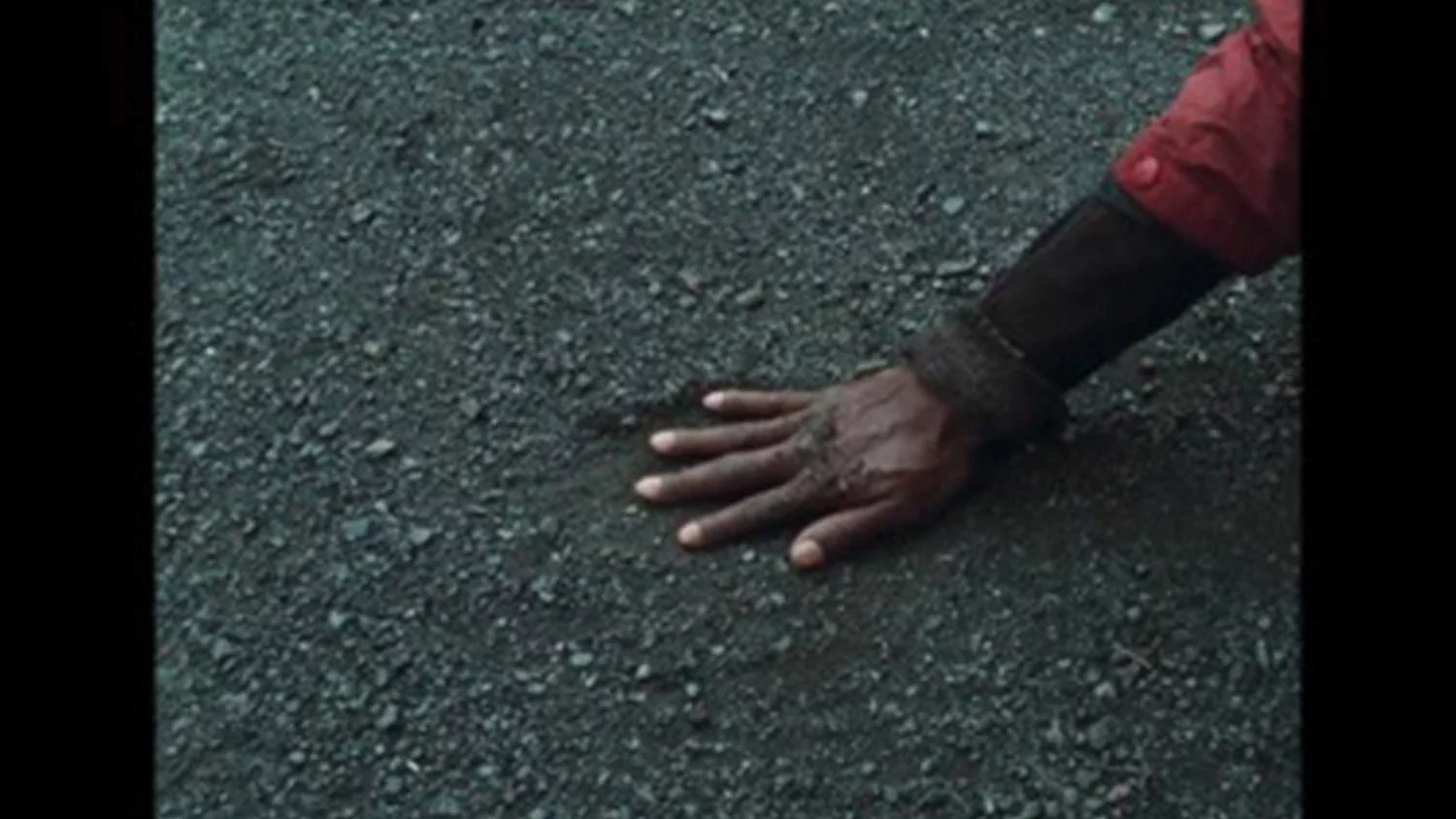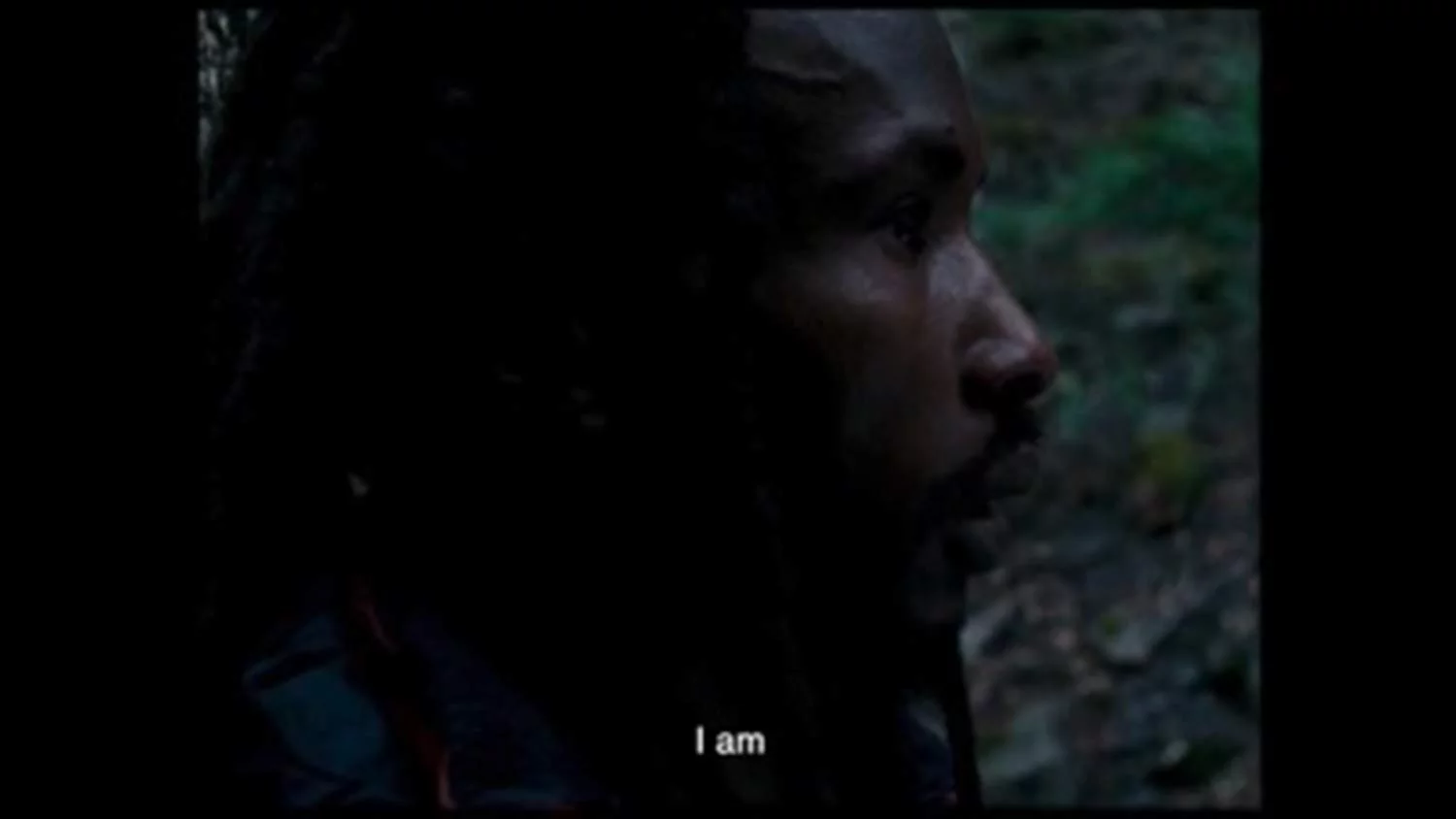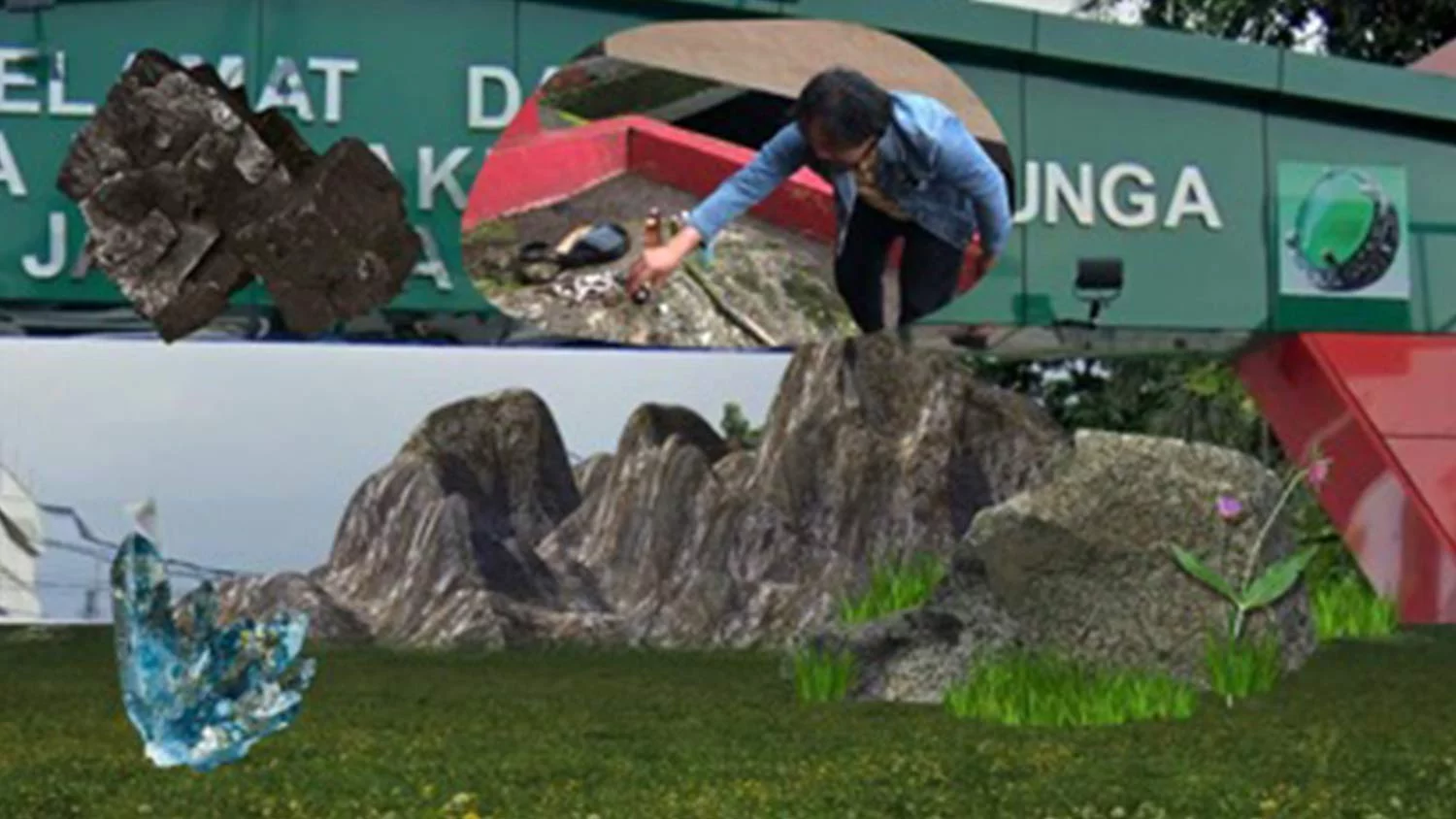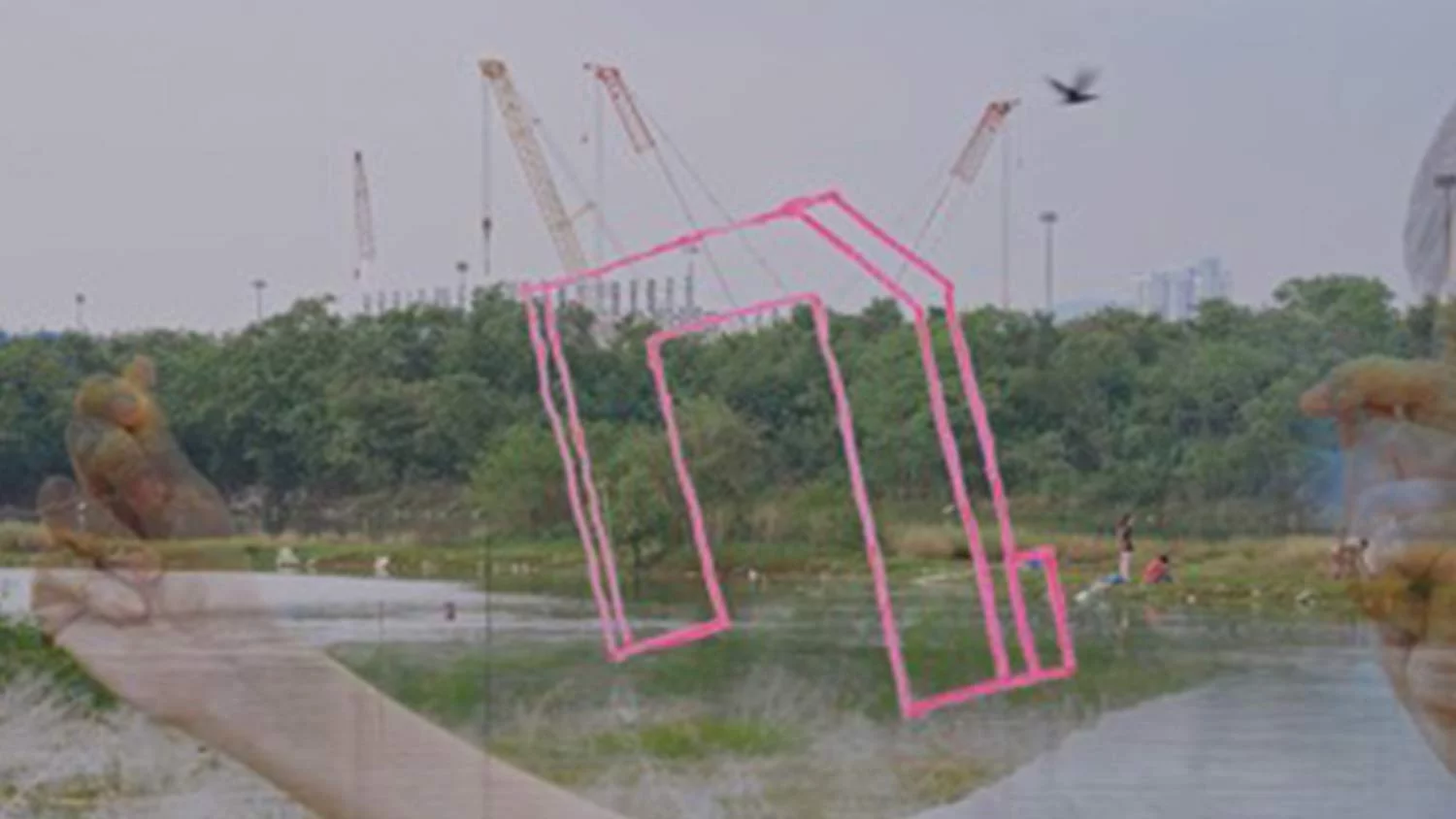UNRULY FORM
By Krystalle Teh

Years after Apichatpong Weerasethakul’s Mysterious Object At Noon (2000) made a surrealist parlour game out of a collectively improvised tale; after historical time unspooled with novelistic breadth in Lav Diaz’s 10-hour epic Evolution of a Filipino Family (2004); after clay figurine animation was set against propaganda newsreels in Rithy Panh’s The Missing Picture (2013), it’s still difficult to discuss Southeast Asian films in formalist terms.
While there has been recent scholarship on the evolution of form across the region, they tend to be fragments dispersed throughout the region’s national cinemas, which are frequently seen as discrete islands in the larger archipelago of Southeast Asia. Or else they extend existing threads such as postcolonial legacies, censorship, or the effects of the Cold War, among other affinities. Form is often considered primarily as a vessel for the socio-political and historical conditions inscribed within the film—as unwitting testimony.
No genre or form stands outside of the historical and cultural contexts from which it emerges and in which it is employed. But I wonder if greater attention can be paid to the importance of form, if we can point to the vessel and examine its materiality as an object. This would be especially pertinent for formally experimental films like The Men Who Wait or Notes From The Periphery at this year’s Singapore International Film Festival, films which resist easy interpretation in idiosyncratic and unruly ways.
In speaking about Southeast Asian cinema, is it possible to speak of form in a way that isn’t divorced from its politics but that refuses to be usurped by it?
If cinema as a system of representation has historically shaped our ways of seeing and our pleasures in looking, how has form framed the way we look at Southeast Asia? What are the inherited lineages of a film’s poetics, and what does it mean to adopt or defy prevailing aesthetics? Can form be gendered, racialised or classed? To what extent is form implicated in the violence of the gaze? How does it seek to maintain or subvert the tendency of cinema towards representational truth and knowledge?
Can we imagine an ethics of form?

In The Men Who Wait, brief sensual gestures anchor the film with the sparse economy and precision of the short lyric: a hand leaves an imprint in the dirt, another brushes the gravel off his lover’s back. These gestures, made by three anonymous men on a slag heap that doubles as a cruising spot, communicate the ways in which these men are marked by their environment, and by each other. But they also ache with longing, evoking a deeper, more elemental desire to be marked in the first place—to be seen and known.
The film’s tactile imagery and non-linear jump-cuts draw attention to cinema as a sensory experience, much in the same way the stylistic innovations of the French New Wave made conspicuous the act of watching a film and a fiction. There are other references to French cinema, too, apart from the fact that the film appears to be set in France. I was reminded of the works of the director Claire Denis. Her elliptical visual lexicon reverberates throughout the film: the way the camera lapses into a reverie of vivid sensory detail, the fracturing of narrative, and the disquieting presence of race that is all the more noticeable for passing unremarked.
The film’s stylistic approach makes me uneasy as a viewer, not least because my subjectivity has been shaped by the very same language the film adopts. It co-opts the style signatures of French cinema, or, at the very least, it deploys a language of alienation derived from Eurocentric art-house cinema, in a way that enforces the anonymity of marginalised identities (queer and/or migrant). (After all, the three men in the film ultimately remain nameless.) Its oblique imagery speaks to its ambiguous position on the colonial hegemony embedded within film history, cultural legitimacy, and the agency of the ‘other’—themes that lurk in the shadows of its form.

I am not sure how I feel about this. Except that on my first watch I was struck by the strange power of its abrupt ending. The third man, a Malian migrant who stumbles upon the first two (white) men in the act, returns to the cruising spot and embraces his queer desires. His last words are truncated: ‘I will never return. I am—’ The film cuts to black. A rupture in his sense of self, his sense of home, has occurred. What follows is a void, where the mechanics of representation can find no foothold. Only the shiver of a beginning invisible to all but him alone, as he forges a new identity.
The film’s startling opacity compels us to imagine all three men as both autonomous and linked by their collective memory of the slag heap, even if their individual identities may not be fully legible to us. Its style, which cuts us off from understanding a character’s interiority, dismantles our privileged need to know. It is not necessary to grasp these men or to ‘make’ them in our image in order to recognise their legitimacy. After all, as the cultural theorist and poet Édouard Glissant put it, we must ‘clamour for the right to opacity for everyone.’
The formal tensions of The Men Who Wait cannot fit easily into any binary: narrative or not, ‘Southeast Asian’ or not, ethical or not. To sit with my discomfort with its style is to confront the burden of representation I have unknowingly imposed upon the film and the medium itself. In the cut to black, I see only my face staring blankly back at me on the screen.

Another film, Wa’anak Witu Watu, equally resists this burden of representation through its reimagining of Minahasan cosmogony and identity. In fact, it is blatantly uninterested in capturing or reflecting on reality transparently.
Wa’anak starts off deceptively with an unembellished depiction of a Minahasan praying ritual and, later, the Kabasaran war dance. Here, it is unhurried and observant in the style of ethnographic film, drawing on a complex history of the documentary form that first emerged in colonial territories such as the Dutch East Indies. But this is a deliberate trick, for the film mutates abruptly.
What follows is a maximalist collage of posthuman feminist art, assembled from documentary footage, Second Life-style video game animation, Google Street View imagery, and even gameplay clips of the animated TV series The Magic School Bus. These disparate visual forms are constantly morphing, spewing into each other until they have transformed beyond recognition. Through its hybrid visual approach, the film seeks to queer Minahasan mythology and identity, refracting them as fragmented, plural, and ultimately irreducible. Where traditional ethnography employed the camera as a voyeuristic tool to probe and essentialise ‘primitive’ groups of natives, Wa’anak performs a flamboyant revolt against preconceived notions of cultural representation, blitzing them instead into mere pixels.

It’s difficult for any viewer to keep up with the film’s state of constant flux, which is mediated through digital affect. Through its use of web-based aesthetics, the film also plays out how narratives have spread or ‘gone viral’ throughout time, whether through oral history or via the Internet. Each time a narrative is passed on or circulated, it mutates. The hyper-fragmented style of Wa’anak reflects this: it is Internet detritus regurgitated as art spasm.
But its style also works against it. Wa’anak is a dense, convoluted experience that defies easy understanding and comes close to being hermetic. Watching it, I couldn’t help but wonder if the film privileges a certain type of audience literate in Internet culture and contemporary video art. If The Men Who Wait insisted on the right to opacity in terms of marginalised narratives, then Wa’anak hurtles towards obscurity. At times, it’s hard to see anything at all past the film’s digital debris. This begs the question: can its style also be accused of objectifying or silencing its arguably marginalised subjects through abstraction?
ß One moment stands out in the film. In the forest, a female Minahasan warrior performs a war dance, occasionally interrupting it to prevent her headdress from slipping. Shot documentary-style, the scene is intimate and almost throwaway, but it’s marked by a frustratingly human error that sticks. It is these uncanny glimpses of humanity that slip through and that refuse to be potentially subjugated by the film’s style which ultimately redeem the film from total obscurity.

As the writer John Keene points out in his essay Elements of Literary Style, ‘Is erudition in style a marker of class privilege?’ The question is a loaded one. Not everyone has equal access to literacy in film and video art to be able to decipher formally experimental films like Wa’anak and situate them within a critical or historical chronology. Such an irresolvable tension can disclose asymmetrical power relations between the filmmaker and their audience. In the case of Wa’anak, there is the risk that its audience could also involve the subjects of the film.
In thinking about how certain types of erudition in style might perpetuate elitism to a greater extent than others, I wonder if it might be helpful to consider how a specific style seeks to further entrench or dismantle power structures. Who or what is the film’s stylistic erudition in service of?
Set in Laem Chabang, Thailand’s leading maritime port, the film Notes From The Periphery depicts urban development and industrialisation as flickering hallucination. Its images of container ships, port infrastructure and fishing communities bleed into each other through double exposure or convulse as glitch, embodying what the artist Hito Steyerl has called ‘the poor image’. Its style is also echoed in the film’s musique concrète of disembodied voices and ambient urban sounds, which steadily warp into stuttering industrial noise.

As Steyerl writes in her seminal essay In Defence of the Poor Image, poor images, or low-quality images degraded through mass circulation, can reveal secrets and shed light on the power structures of cultural production and commercialisation. Viewed in this light, the film’s gradual disintegration is also a visual breakdown of capitalism in its flows of urbanity, labour and territoriality. If the film comes across as opaque in its style, it is partly because the thresholds it seeks to interrogate are difficult to locate while being impenetrable.
Though its political commitment is clear, Notes is careful to steer clear of overt polemic or didacticism. Instead, it prefers to traffic in sardonic wordplay on the word ‘ship’ (as in container ship, but also dictatorship) and coded allusions involving the humble barnacle. “Barnacles often attach themselves to man-made structures, sometimes to the structures’ detriment,” the voiceover states slyly, perhaps alluding to how large institutional systems such as neoliberal capitalism can ultimately be dismantled through the mobilisation of the masses. The film’s style, while outwardly erudite in its covert political critique, aims to make visible the invisible limits of institutional structures, so that for one fleeting moment we are finally able to glimpse their blurry yet definite edges.
In critiquing the various forms and styles of the three films, I have returned often to the notion of opacity: how it can deliberately obscure elements of a narrative or give way to a porousness of perspective. What might this opacity of form reveal about the film’s relations with not only its socio-political dimensions, but also with its historicity, power structures, subject matter and audience?
I return, once again, to Édouard Glissant: ‘The rule of every action, individual or community, would gain ground by perfecting itself through the experience of Relation. It is the network that expresses the ethics.’
Additional references and further reading
Khoo Gaik Cheng (2020) ‘Introduction’, Southeast Asia on Screen: From Independence to Financial Crisis (1945-1998), pp. 9-27.
Gerald Sim (2020) Postcolonial Hangups in Southeast Asian Cinema
Rosalind Galt (2021) ‘Animism as Form: A Pontianak Theory of the Forest’, Alluring Monsters: The Pontianak and Cinemas of
Decolonization, pp. 197-236
Sandeep Roy (2021) Celluloid Colony: Locating History and Ethnography in Early Dutch Colonial Films of Indonesia
Laura Mulvey (1975) ‘Visual Pleasure and Narrative Cinema’, Screen, Volume 16, Issue 3, Autumn 1975, pp. 6–18
Édouard Glissant (1990) ‘For Opacity’, Poetics of Relation, pp. 189-194.
John Keene (2018) ‘Elements of Literary Style’, LitHub, April 17. https://lithub.com/john-keene-elements-of-literary-style/
Hito Steyerl (2009) ‘In Defense of the Poor Image’, e-flux, November 2009. https://www.e-flux.com/journal/10/61362/in-defense-of-the-poor-image/